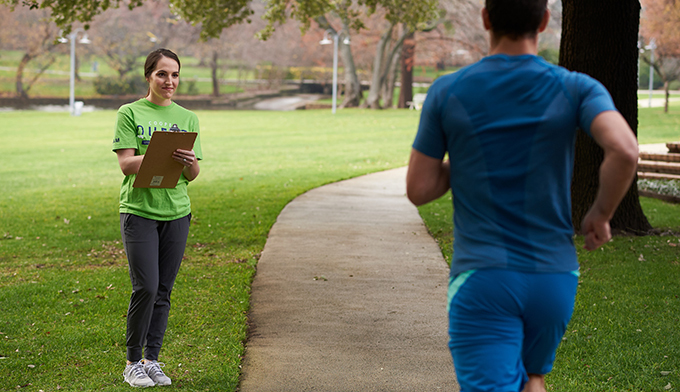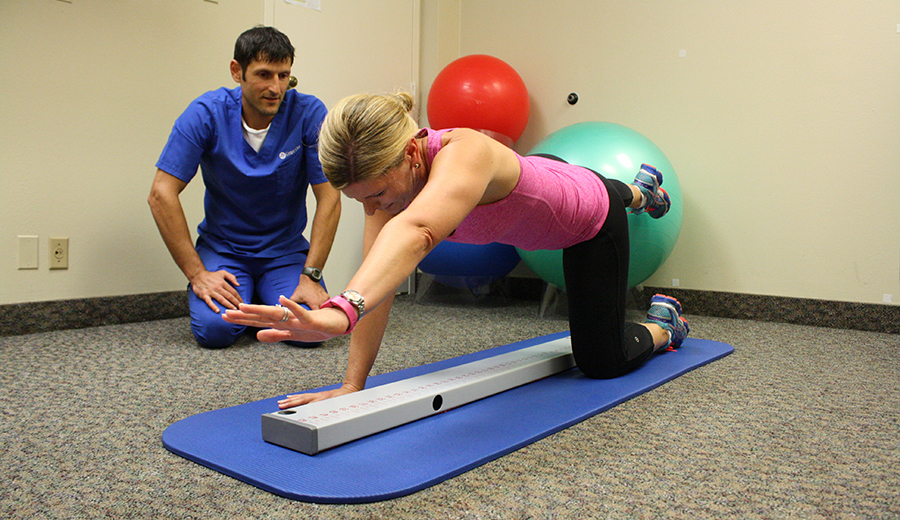The constantly increasing demand and reliance on data has affected every industry, including our own. Today, when you walk through a health club and study what you see, it seems that the generation of reports, stats, and metrics is a secondary business—subordinate only to the provision of health and fitness services.
This profound paradigm shift has touched every area and aspect of a club, including the theory and practice of exercise physiology, and the technology employed in its service, particularly with respect to fitness assessments.
Assessments have long been a critical part of the club experience, but now, empowered by big data and propelled by the expectations of tech-savvy consumers, they’ve become more sophisticated, informative, and productive. They range from improved versions of the basic and essential to what could be regarded as the industry’s current gold standard.
While many clubs don’t make assessments mandatory, they’re a valuable tool that can be utilized to engage members, establish a baseline, identify potential health concerns, create customized exercise prescriptions, and track members’ progress.
“We offer assessments because we believe we have to learn about a person to design an appropriate program and provide a world-class experience,” says Amanda Carlson-Phillips, the vice president of nutrition and research for EXOS, a human performance firm based in Phoenix. EXOS drafts tailored plans to improve mindset, nutrition, movement, and recovery. “It doesn’t make sense to ‘just test,’” she says. “We want the assessment process to be a motivator and a program refiner. The more personalized the program, the greater the likely impact.”
Assessment Fundamentals
The American College of Sports Medicine (ACSM), based in Indianapolis, recommends a traditional approach by measuring the five basic components of fitness—cardiorespiratory condition, muscular strength, muscular endurance, flexibility, and body composition.

